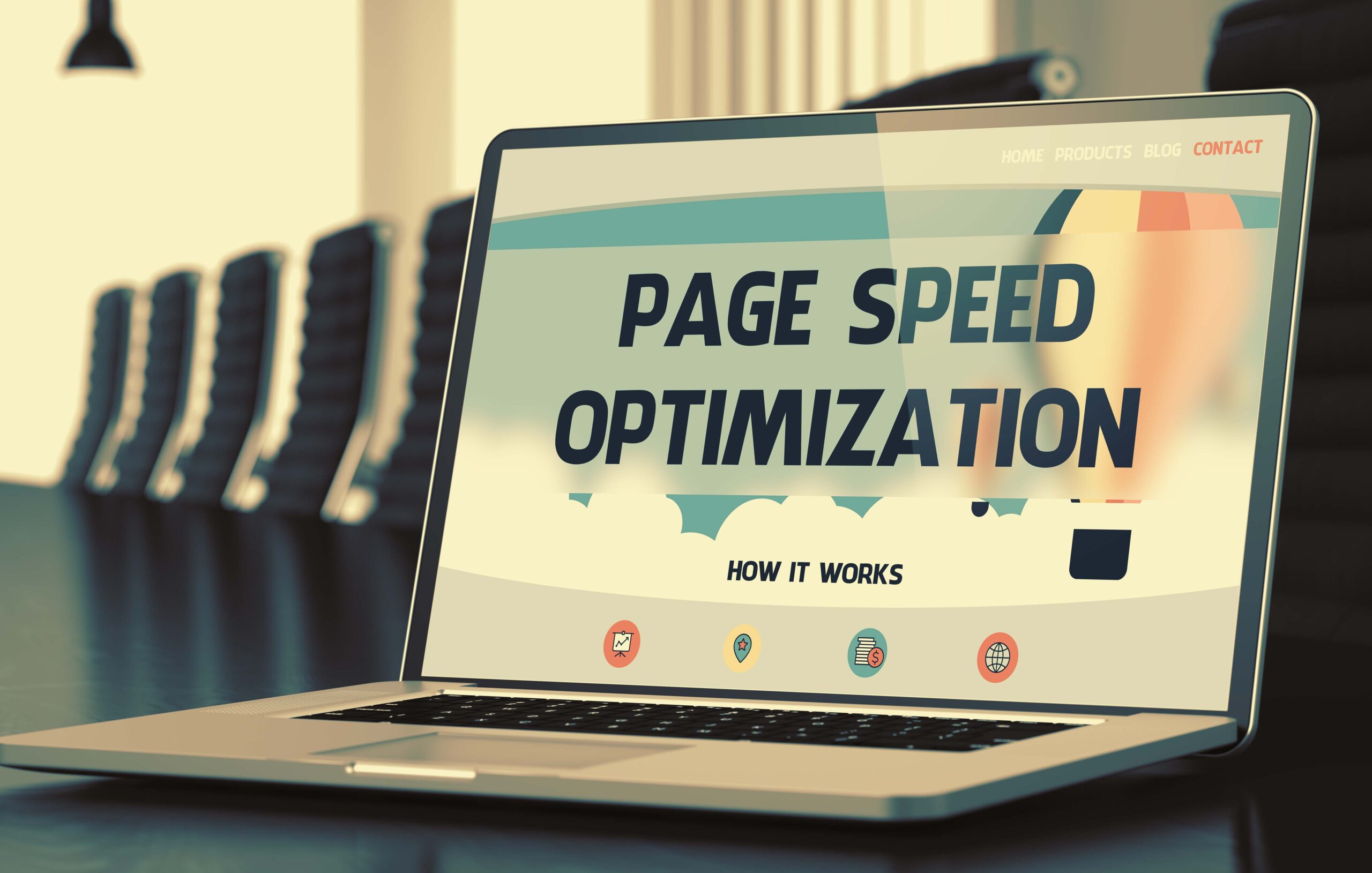In today’s fast-paced digital landscape, users expect websites to load instantly. With just a few seconds to capture visitors’ attention, slow-loading pages can lead to frustration and abandonment. Page speed not only affects user experience but also plays a crucial role in search engine optimization (SEO). In this blog, we will explore the importance of page speed optimization and its impact on both SEO and user satisfaction.

Why Page Speed Matters
- User Experience: Page speed significantly influences how users perceive your website. Research shows that 47% of users expect a web page to load in two seconds or less. If a page takes too long to load, users are likely to leave and look for faster alternatives. A smooth and quick-loading website enhances user satisfaction and encourages visitors to stay longer and engage with your content.
- Bounce Rates: Slow-loading pages contribute to higher bounce rates. When users encounter delays, they often abandon the page, leading to lost opportunities for conversions and sales. Google has reported that a one-second delay in mobile load times can decrease conversions by up to 20%. Optimizing page speed helps retain visitors and improve overall engagement.
- Search Engine Ranking: Google uses page speed as one of the ranking factors in its algorithm. Faster-loading websites are more likely to rank higher in search results, leading to increased visibility and organic traffic. Page speed optimization not only improves user experience but also boosts your site’s chances of being discovered by potential customers.
How to Optimize Page Speed
- Image Optimization: Images often account for a significant portion of a webpage’s load time. Optimize images by compressing them without sacrificing quality. Use modern formats like WebP for better compression rates and consider implementing responsive images to serve different resolutions based on user devices.
- Minify CSS, JavaScript, and HTML: Reduce file sizes by minifying your website’s CSS, JavaScript, and HTML. Removing unnecessary spaces, comments, and characters helps decrease load times. Use tools like UglifyJS for JavaScript and CSSNano for CSS to streamline your code.
- Enable Browser Caching: Browser caching allows web browsers to store frequently accessed resources locally. By enabling caching, returning visitors can load your site faster, as their browser doesn’t need to download the same files repeatedly. Set appropriate expiration dates for static resources to maximize caching benefits.
- Content Delivery Network (CDN): Implement a CDN to distribute your website’s content across multiple servers globally. CDNs cache static content, reducing the distance data needs to travel to reach users. This improves load times, especially for users located far from your main server.
- Reduce Server Response Time: Optimize server response times by selecting a reliable hosting provider and considering upgrading your hosting plan if necessary. Additionally, utilize techniques like HTTP/2 and server-side caching to enhance server performance.
- Limit Redirects: Redirects add extra HTTP requests, which can slow down page loading. Limit the number of redirects on your site to improve speed. When necessary, ensure that redirects are set up correctly to minimize impact on load times.
- Mobile Optimization: With the increasing use of mobile devices, optimizing your website for mobile users is crucial. Implement responsive design and ensure that your site loads quickly on smartphones and tablets. Google prioritizes mobile-friendly sites in its search results, making this an essential aspect of SEO.
Tools for Measuring Page Speed
To effectively monitor and optimize your page speed, use the following tools:
- Google PageSpeed Insights: This tool provides valuable insights and suggestions for improving page speed. It scores your site and highlights areas for optimization.
- GTmetrix: GTmetrix analyzes your site’s performance and provides detailed reports on load times, page size, and recommendations for improvement.
- Pingdom: Pingdom allows you to test your website’s speed from various locations worldwide, giving you a comprehensive understanding of your site’s performance.
Conclusion
Page speed optimization is critical for both SEO and user satisfaction. A fast-loading website enhances the user experience, reduces bounce rates, and improves search engine rankings. By implementing optimization strategies such as image compression, code minification, and utilizing CDNs, you can significantly boost your site’s performance.


No responses yet